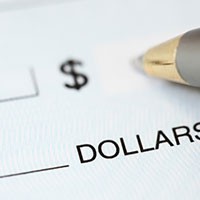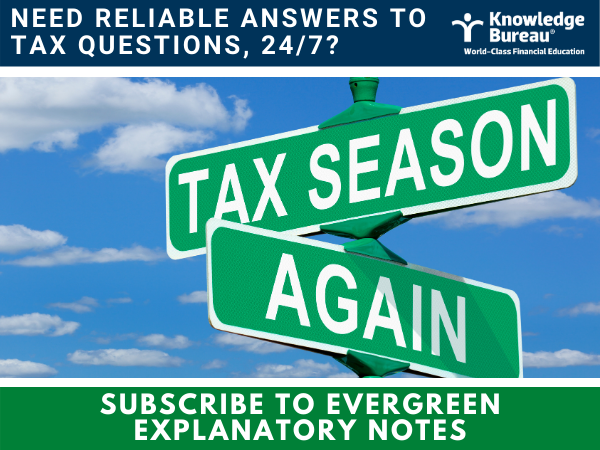Last updated: February 24 2021
Paying Taxes on an EFILED Return

Evelyn Jacks
There is no doubt about it: the tax filing deadline this year (at least per the government so far) will be Friday, April 30, 2021. That’s important because we expect more people to have to pay due to the receipt of pandemic relief payments like CERB. For many people who usually receive a refund, paying electronically may be a new and unfamiliar process, and professionals need to take the time to explain the options.
First to the importance of filing on time. Recall that last year, at the start of the pandemic the deadline to file was a moving target. The official filing due date for most people was June 1, 2020 but late filing and interest penalties were waved until September 30. That meant that many didn’t file until that very last day.
 But this year, interest and penalties will be charged starting on May 1, except in a couple of instances:
But this year, interest and penalties will be charged starting on May 1, except in a couple of instances:
- Proprietors (self-employed people) can file by midnight, Tuesday June 15.
- Those who owe money to CRA will not be charged interest until April 30, 2022 if taxable income is $75,000 or less and income was received from one of the following pandemic supports:
- The Canada Emergency Response Benefit (CERB)
- The Canada Emergency Student Benefit (CESB)
- The Canada Recovery Benefit (CRB)
- The Canada Recovery Caregiving Benefit (CRCB)
- The Canada Recovery Sickness Benefit (CRSB)
- Employment Insurance Benefits
- Similar provincial emergency benefits
In addition, there will be no reduction of the Canada Child Benefit or GST/HST Credit for those people who have tax debt.
How to pay tax debt. For those who have to pay and require a remittance form to do so, certified software has been able to generate a personalize Form T7DR(A), Electronic Filing Remittance since the 2017 filing season; which also includes a QR code so that taxfilers can pay their taxes at a financial institution or any Canada Post outlet with a validated information. The form is no longer available on paper.
For those without the software that includes this electronic form, a phone number is provided on how to download a fillable PDF form (1-800-959-8281). This, of course, will not help those without internet access, however.
Pay, to pay your taxes. All of these automated electronic filing and payment services cost both time and money, and taxpayers will require coaching on both this tax season. They will face fees not just for tax return preparation, but also to make payment at various financial institutions and the Canada Post Outlets. Other ways to pay:
- Pay in person, with cash or by debt at any Canada Post outlet, but know a fee will be charged and the remittance voucher with a QR code must be presented.
- Use the financial institution’s online payment app by selecting CRA as a payee.Because electronic payments can take up to five days to reach the CRA, payments due on April 30 should be made by April 25 to avoid interest costs.
- Pay by credit card, Interac or PayPal.These payments are usually received the same or next day by the CRA, so plan payment dates accordingly.
- Pay online using CRA’s My Payment.
- Pre-authorized debit using My Account.
Clients will still need to pay their taxes on time to avoid interest and penalties. Things to know:
- If the balance due is $2 or less, no payment is required.
- Balances are due April 30, 2021, and that is true even if you are a proprietor with a balance due date of June 15, 2021.
- Interest is charged on a daily compounding basis starting on May 1, 2021 until the balance due is fully paid.
- The interest rate charged is the prescribed rate, posted every quarter (currently it is 1%) plus 4% more.
Bottom Line. It’s time to start saving for the tax bills payable, now. Filing a tax return early and then submitting a pre-authorized, post-dated payment to the CRA for April 30 is a smart move that will save the taxpayer time and money in the long run.
Additional educational resources: Evergreen Explanatory Notes is your essential resource for this complex tax season that’s now underway. Until February 28, sign up for a three-month subscription and pay only $195. Regular subscription fees are $99/month.

